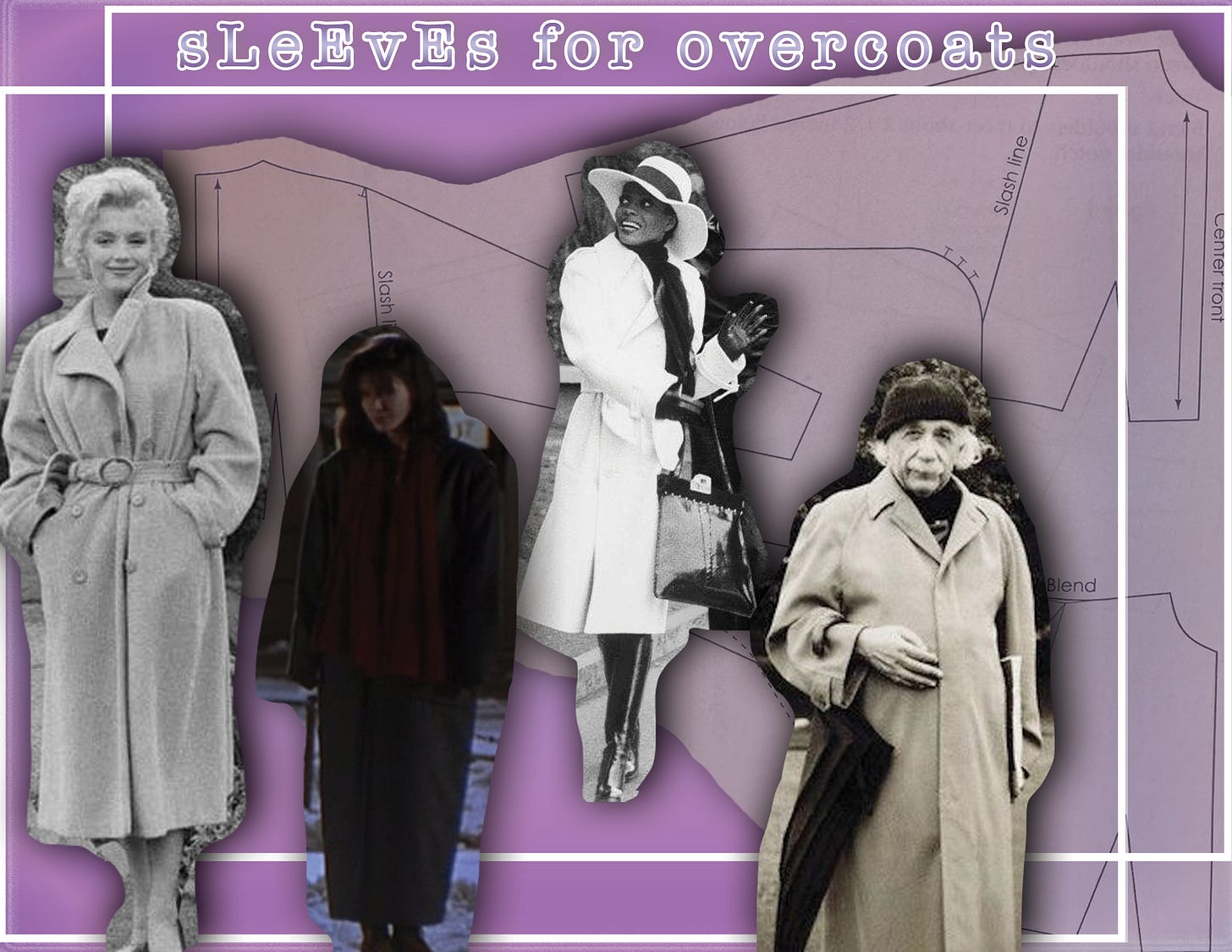Get some tricks up your sleeve when searching for the right sleeve
When it comes to wool overcoats, the fit proof is in the sleeve pudding
Keep reading with a 7-day free trial
Subscribe to CRACD: Clothing Recs & Advice from a Clothing Designer to keep reading this post and get 7 days of free access to the full post archives.



